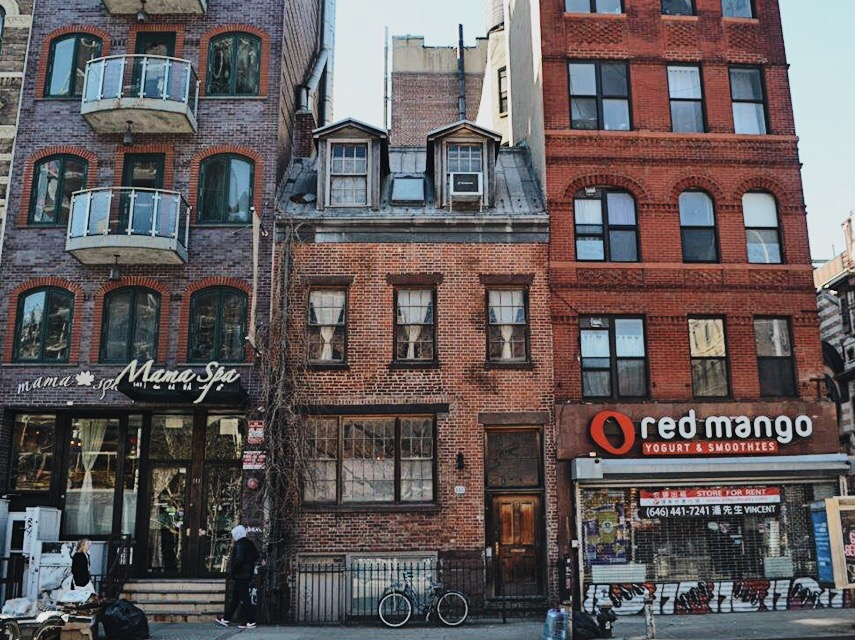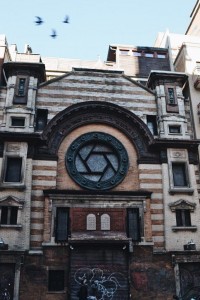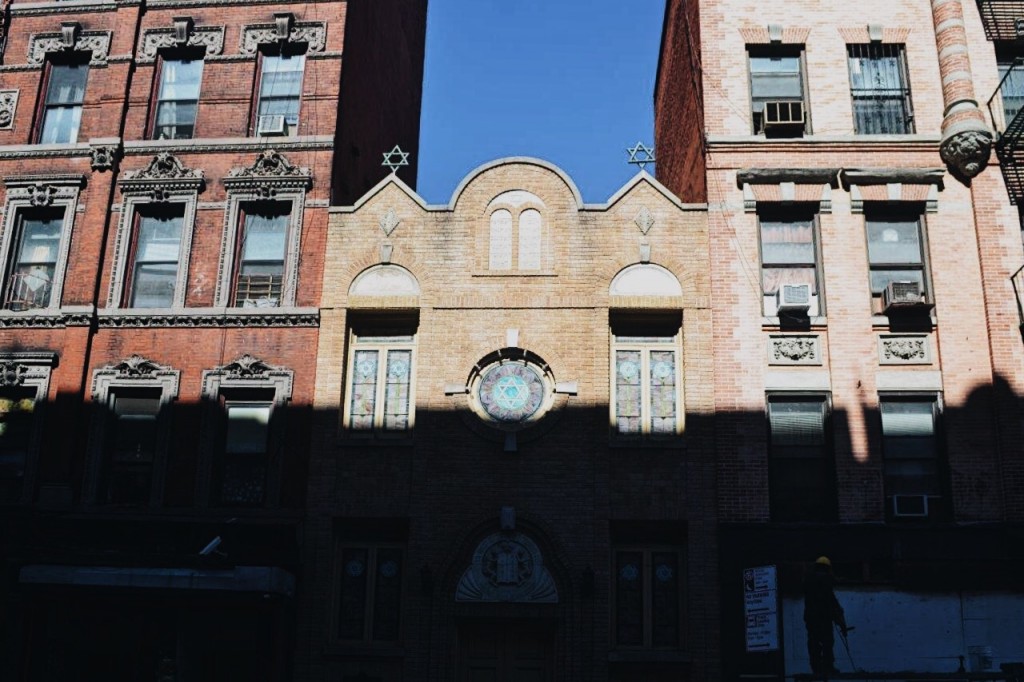Blog Archive
Beautiful Days in the Neighborhood
April 6, 2017
Springtime in New York is the stuff of songs. Whether it’s the beautiful clear skies and blooming flowers, the welcome change from the gray and biting winter months, or both, Spring just makes you want to skip the train and walk a couple dozen blocks, just for the opportunity to enjoy it.
So, if you find yourself out walking more, enjoying that crisp weather, you might as well learn something while doing it. The Tenement Museum is back to offering daily Walking Tours which are perfectly paired with are fantastic building tours. Pairing the two gets you a discounted ticket price, as well as an arsenal of information on the discovery and development of this iconic immigrant community.
The history of New York is the history of real estate. As a city that’s constantly changing, constantly demolishing, constantly building – that history is integral to understanding how far we’ve come and how far we can go. There is a feedback loop between the communities that live in a neighborhood and places they live, work and play. They evolve together, and to learn only one side of that history is to only get part of the story. When we discuss the neighborhood of the Lower East Side, we present more than just a textbook history lesson. After all, our tours go beyond the simple statistics of housing laws, ethnic populations, and square footage.
The walking tours at the Tenement Museum are designed to discuss and educate visitors and widen the worldview of the stories we tell inside the homes of early 19th and 20th century immigrants. The families who resided there present a honed, specific point of view to the New York experience, and with our walking tours, we explore the communities they lived in, and what they might have experienced once they stepped off their front stoops.
We talk about the changing architecture on our “Buildings of the Lower East Side” tour. The New York City skyline moves up and down like ocean waves throughout the decades, always reflecting the people who live and acting as a reflection of their spirit and culture. We talk about that mighty, all-powerful connection that spans every generational, geographical, and cultural divide – food, and our love for it. The “Foods of the Lower East Side” tour allows you to explore the many representations in the neighborhood of cuisine from around the world, from dumplings to pretzels to fried plantains, expanding your palette to understand those diverse culinary traditions, as well as how those traditions have affected American meals over time.
Our “Then and Now” tour discusses the gentrification and adaptation of the neighborhood and its residents. You’ll discover fluidly the area changes to represent to people living there, such as the structure on Forsythe St, built in 1890 as a church to convert local immigrant Jews, which was then purchased and converted into a synagogue by a congregation of Lithuanian Jews, and then sold again in the 1960s to a Puerto Rican Seventh Day Adventist Church. Tenement Museum tour guides are here to highlight the Stars of David that still decorate the outside of the building, in homage to the building and the neighborhood’s rich history.
Finally, the “Outside the Home” walking tour shares the neighborhood as experienced by the residents at 97 Orchard and the other immigrants who made the Lower East Side their home for 150 years. Each space adds another contextual layer to the American story, from the Jarmulowsky Bank Building on Orchard St., where many immigrants lost their savings during World War I when the bank failed, to the Daily Forward building on Broadway, where Jewish socialists championed for worker’s rights in the early 20th century. Both those buildings have been repurposed for other uses now, but the details of their history are still hidden in the stonework, if you know where to look.
Guided tours at the Tenement Museum and the surrounding neighborhood are the best way to get a more comprehensive vantage point of this beautiful and historic neighborhood. Paired together is the most educational, and most fun, you can have on the bright Spring days ahead.
- Post by Gemma Solomons, Marketing & Communications Coordinator at the Lower East Side Tenement Museum




